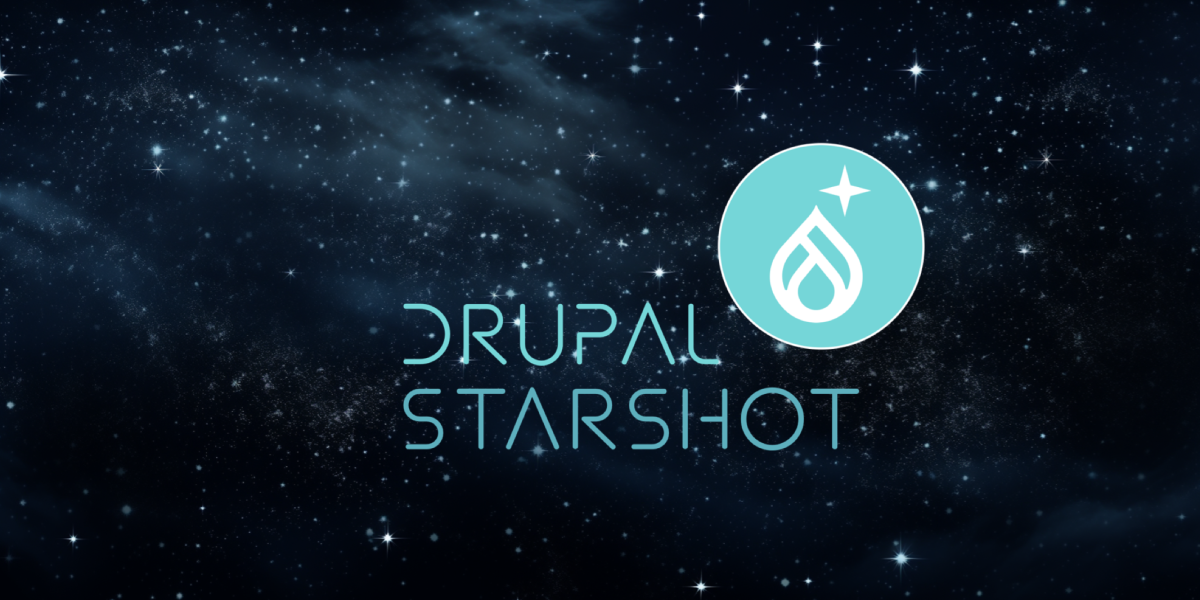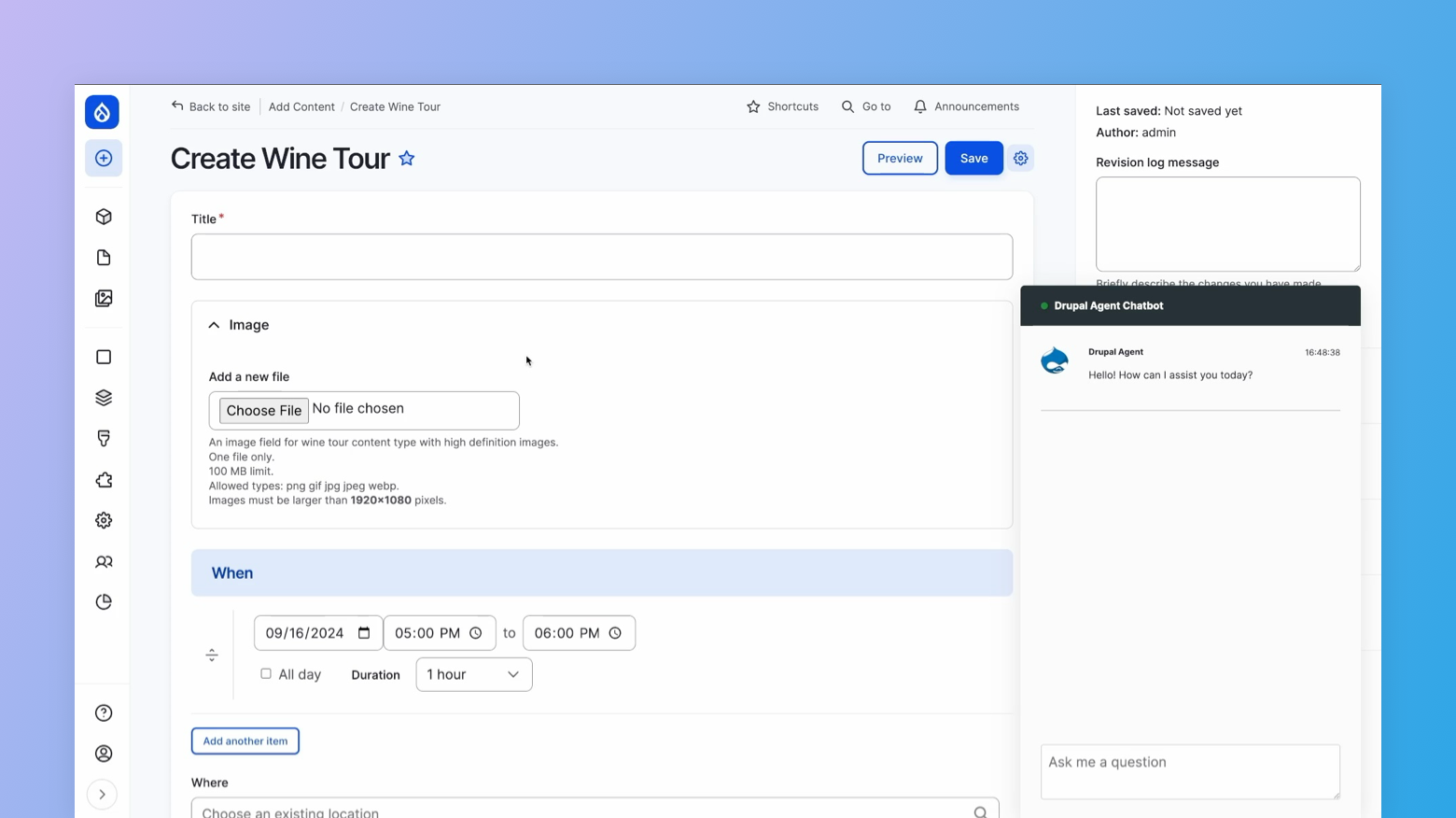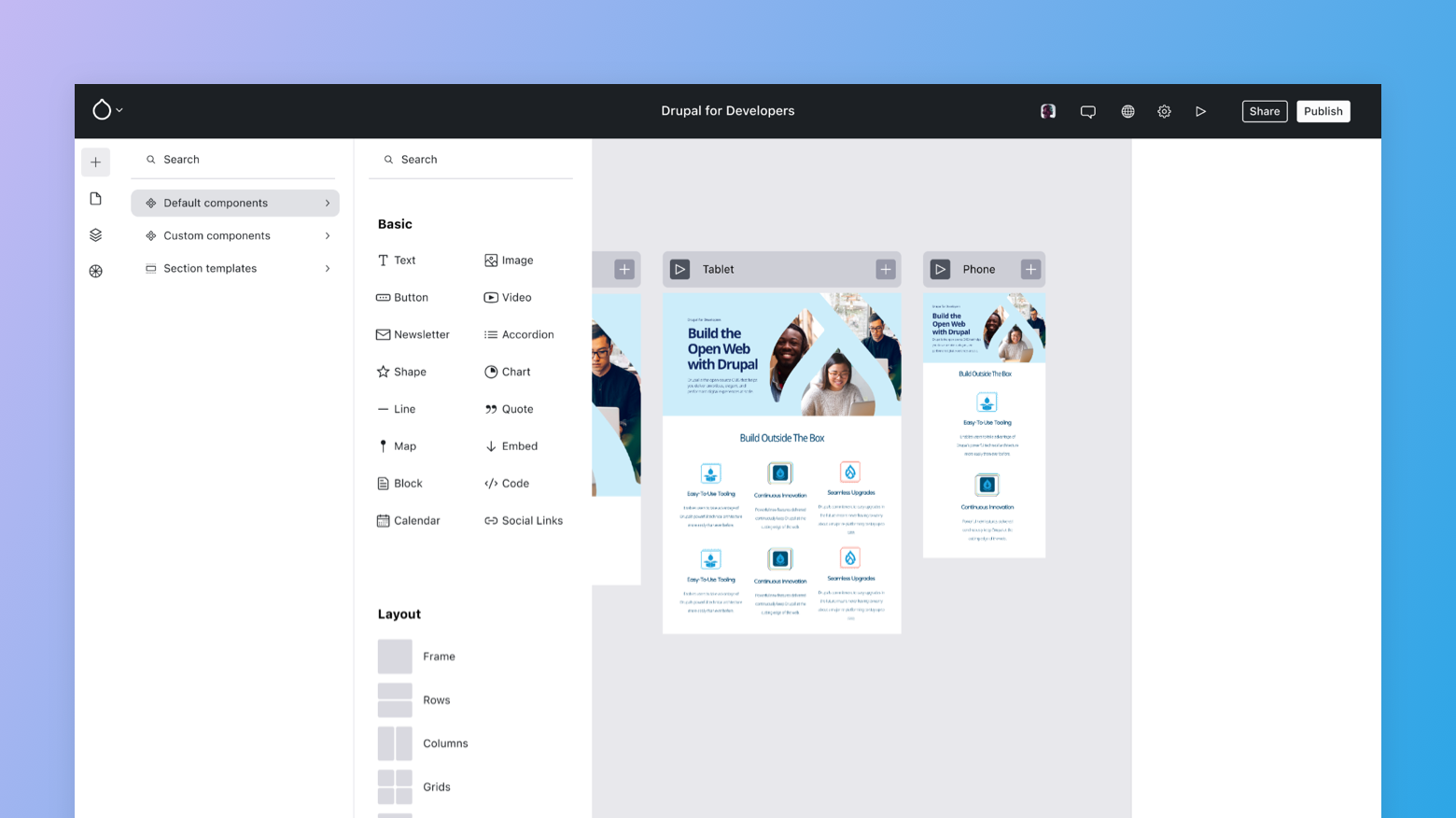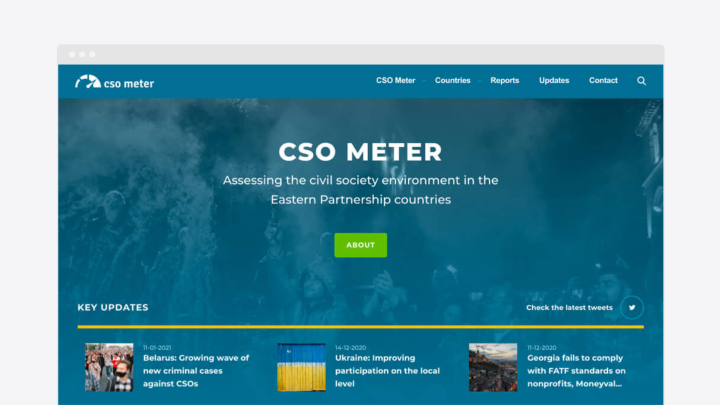Recently, we realized just how long it has been—nine years—since the release of the completely rewritten, Symfony-based version of Drupal. Since then, a lot has happened, and it took nearly a decade for the persistent efforts of the community to bear fruit.
Integral Vision
At this year’s DrupalCon, Dries came forward with news that shook the community. Such a significant turning point hasn’t been seen in the Drupal world for nearly a decade. We could say that, after a long “maturation” period, a new quality is finally emerging—one that could present serious competition for other open-source rivals. Drupal, which has previously followed trends, is now ready to set them. All of this is thanks to the dedicated work of the community members over the past few years.
The strength of Drupal lies in its developer-first approach, which emphasizes durable and maintainable source code. Over the last decade, the transition to an OOP (object-oriented programming) structure powered by Symfony has practically redefined the framework market. The API-first approach enabled the integration of various systems and external services. This laid the groundwork for decoupled or “headless” Drupal projects, where the front-end can operate completely independently from the back-end system.
Thanks to this new approach, methodologies from enterprise software development gained more prominence in the development process. The result was a better-structured, more sustainable codebase. Business interests (e.g., Acquia) were consciously separated from the developer community, which enhanced the system’s stability, though it also brought its own set of challenges.
This long-term vision was not always rewarding in the short term. The post-COVID era was particularly challenging for the Drupal community, as the market favored inexpensive, flashy, and fast innovations. In this context, Drupal often seemed too robust and slow, leading some developers and companies to turn away from it. Drupal was at a maturity stage where its high stability and flexibility couldn’t compete with market demands for rapid change.
Despite the crisis, some remained steadfast, believing that Drupal could reinvent itself. It was akin to stock market fluctuations—when values plummet, but you trust in long-term growth and hold on. Now, finally, change is on the horizon, making that patience worthwhile.
Drupal is once again ready to set trends, and innovations such as AI integration and the Experience Builder will provide a significant competitive edge, reigniting the Drupal community's growth and momentum.
At the DrupalCon Barcelona 2024 event, Dries Buytaert, the founder of Drupal, unveiled the latest developments during the Driesnote presentation, introducing significant innovations for the Drupal community and its users.
The launch of Drupal CMS 1.0
The development of repetitive, routine tasks is a major challenge in every Drupal project for developers and companies, as these tasks require significant time and resource investment. Developer work often begins with the need to repeatedly implement the same core functionalities. In response, many companies have created their own Drupal-based distributions, which include pre-built templates, modules, and configurations. These help streamline workflows, reduce the amount of repetitive development, and standardize the web applications they create, increasing efficiency and enabling faster service to meet customer demands.
This need led to the creation of the Starshot (Drupal CMS) project, specifically designed to simplify and speed up Drupal-based development.
One excellent initiative is the concept of "Recipes," which allows entire functionality sets—including content and display definitions—to be transferred from one Drupal project to another. This modular approach takes development processes to a higher level, as it enables not only individual features but also complete solutions to be easily reused. This accelerates development, reduces the possibility of errors, and allows proven solutions to be easily adapted for different projects. These recipes are available through the Project Browser and can be installed in minutes, significantly speeding up the development process.

AI integration
With the help of new AI agents, users can easily express what they want on their website, and the system automatically creates the necessary content types, views, and forms. This revolutionizes website building, making it accessible even for users with limited technical knowledge.
Content migration posed a significant challenge during the transition from Drupal 7, and to this day, some companies still struggle with financing the migration. According to Dries, in the future, AI-assisted content migration will be possible, allowing the entire migration process to be algorithmized. The idea is that AI will be able to transform unstructured HTML into Drupal content types, greatly simplifying website updates.

Experience Builder (XB)
Another major innovation focuses on the intersection of sitebuilding and editorial work.
The Experience Builder is a groundbreaking new visual content management tool that enables users to build complete websites in an intuitive, code-free manner. This tool will be especially helpful for those who lack a development background but still want to create professional web interfaces. The Experience Builder offers drag-and-drop functionality, allowing users to easily place content blocks, modify the structure and style of pages, all through a live preview interface that provides immediate feedback on changes.
This tool not only simplifies content management but also enables rapid prototyping, testing, and iteration, significantly reducing project completion time. In the future, the Experience Builder could potentially become the default interface for Drupal content management, as there is a growing demand for non-technical users to manage website content independently. With this innovation, developers can focus on more complex, technically challenging tasks, while business and marketing teams can directly manage and shape the web interface.

Thanks to well-organized code and thoughtful architecture, the integration of AI could give Drupal-based development an unprecedented boost, the impact of which we may not even fully comprehend yet. This could open a new era in web development, where automation, predictive analytics, and personalized user experiences become the default norm.
Related article
Dries Buytaert: State of Drupal presentation (September 2024)
Share with your friends!


